Christopher Hector interviews Charles de Kunffy
“The movement should always flow through the horse and blanket him in his entirety. If there is any block it becomes a catastrophe, because the impact of the ground disturbs the organism of the horse and traumatises it. So instead of getting an athlete, you are getting an unsound horse!”
The 1986 (yes, 1986, read on to see how prescient Charles de Kunffy was thirty years ago…) Australian Dressage Championships provided an opportunity to meet one of the more significant figures in modern dressage – Charles de Kunffy. Born in Hungary, Charles competed successfully in showjumping, eventing and dressage – and was a member of the Hungarian Olympic Team. Nowadays Mr de Kunffy is based in California, and is in great demand as a lecturer and international dressage judge.
Charles de Kunffy is the author of many major theoretical works – including Dressage Questions Answered.
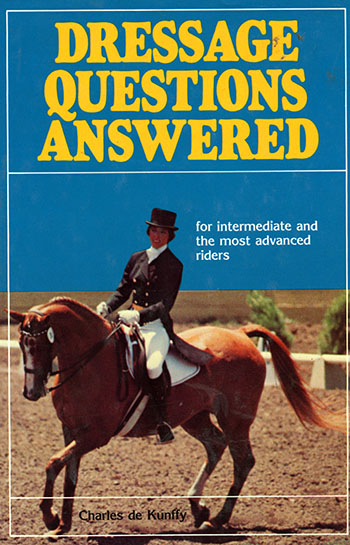
And the obvious first question – what were you looking for as a judge?
“I am always looking for the same things. A horse that has become supple in the joints and elastic in the musculature, a horse that can demonstrate that athletic achievement by moving lightly and carrying the weight on the haunches with good engagement. A rhythmic cadence, which is a motion that comes off the ground – the horse doesn’t just move forward, he carries himself forward. All that comes from the proper relaxation which is preliminary to everything else.”
“When you see in certain areas that the horse has not been relaxed traditionally in the training, then the horse will not be able to show suppleness or elasticity. The movement will be stopped in a certain area of the horse’s body. The movement should always flow through the horse and blanket him in his entirety. If there is any block it becomes a catastrophe, because the impact of the ground disturbs the organism of the horse and traumatises it. So instead of getting an athlete, you are getting a sick horse!”
more wisdom from Charles follows
“It is very important to see at the international level that the gaits are not only magnified as they should be in the lower level. But at the higher level they are eloquent in the sense that they can progress while being air borne, as opposed to the lower level horse who still has to meet the ground with a great deal of frequency not to lose his balance.”
“At an international level the horse should be quite defiant of the earth’s gravity.”
Looking at our horses do you see any particular problems?
“The problems are now world wide, I don’t see any country which is always correct. The problems in America are similar to your Australian problems – basically every rider and every coach seems to be busy ‘training’ the horse – and I put this ‘training’ in quotation marks – for some upcoming competition, instead we should be very busy training equestrians.”
“The horse knows how to be a horse if we will only leave him alone. The riders don’t know how to ride. What we should be doing is creating riders and that takes care of the horse immediately. A knowledgeable rider will never trouble a horse, let alone break it down.”
“So long as we allow riders with an incorrect seat, with incorrect aids, to approach horses, then we will only have an accumulation of mistakes. The longer they ride a horse, the more damage they do, and it should be the opposite. The longer a good rider rides a horse, the more glorious the horse gets – hence we see internationally eighteen-year-old horses like Amon, who becomes more beautiful by the year. Older but more beautiful.”
“In the Spanish Riding School there are horses that are twenty eight years old and look more magnificent than when they were four! Here we see the bloom of a horse when he is four before they wilt into unsoundness and unhappiness as they grow older. It is because we don’t take notice of the riders any more – and if we continue to do that we will lose the art. The proponent of the Art is the rider, not the horse.”
“The horse is not going to pull himself out of the box and throw on a saddle and say ‘let’s go’. It is the rider who proposes this, and if we don’t have riders who propose it correctly, we will lose the art.”
more follows
You must have faced the same problem in the United States of creating a dressage tradition out of nothing?
“We approached the task with great trouble – when you take on the tradition of another country, then you have to import expertise from that country. The trouble is that there is a diminishing expertise to an incredible growth of the discipline. They used to say there’s a lot of eskimos but not enough seals. Everybody want to ride dressage but there are no experts to teach them. It then becomes very lucrative for anyone to teach – even if they are not so expert.”
“Consequently you can get a lot of mediocre or even bad instruction – because few are those who really know. There is no effort – to my knowledge – in Australia or America, where those few who really know are asked to create a new set of standard bearers. Rather there seems to be a placid waiting out until everybody dies… and then see what the new generation will do with their lack of information. The situation is tragic!”
“Like all the fine arts, it is not possible to learn riding from books, because it deals with living things. It is absolutely a master to apprentice situation – and can only be learned in institutions where the basic skills are impeccably acquired and not re-invented.”
“I have found that you can build an edifice of your own personal statement on your own horse’s brilliance, but that touch of artistry, that pinnacle, must come from the absolutely solid base of the heritage of the last four hundred years of Classical Horsemanship. That body of knowledge is very pragmatic, very correct, tested by time, and cannot be re-invented by each rider separately. It took the conglomeration of hundreds of thousands of riders four hundred years to invent those principles – you can’t duplicate that experience in your thirty years with one horse.”
Have these skills changed with the development of twentieth century competitive dressage?
“NO WAY, they have not and will not and can not, because the horse’s body and mind, and the human body and mind have not changed. Competitive dressage is a propaganda slogan – this whole world is full of slogans. We’ve stopped talking, we just use set phrases.”
“There is no Classical versus Competitive. Competitive dressage is Classical dressage – it cannot be anything else. It used to be that you settled down for a lifetime of building horses and incidentally once in four or five years went to a regimental contest and rode for a ribbon, or a nice silver cup, and the honour of kissing the hand of the Countess who gave it to you. It was immaterial, no-one competed – this is an hysteria.” .
“Competition is to push the ego forward, forget the horse. Riders set about building skills of how to cover up the mistakes of a raw horse that hasn’t been properly gymnasticised. Now we label it and say it is Competitive Dressage – it’s NON dressage, it is a violation – it is to call disease health. It is not dressage – it is an effort by a clever, intelligent person, to manipulate the horse from letter to letter, so as to deceive the eye of the judge. It is not dressage and it deservedly gets a low score. It is not competitive dressage, it is bad riding.”
“On the other hand there is dressage, and dressage is primarily restorative. It restores the horse to straightness, which he is not born with. Then it is therapeutic, it makes him use himself so as not to hurt his body, and THEREAFTER it is athletic. But it is first restorative, then therapeutic, and then you have earned the right to be athletic and gymnastic. Then if you can come into the four square and show it, fine, 70% – you have it.”
“But Competitive Dressage versus Classical Horsemanship does not exist. It better be classical horsemanship; be it for-competition or training. Those who talk about Competitive Dressage being a special species are showing an ignorant person’s passion to display their ego in public – well dressed.”
But if we look at the painting and engravings of the sixteenth, seventeenth century, of the Masters the outline was different?
“All that was changed by de la Guérinière in 1732, 1738. There are those people who left for America, and did not hear him – they are still riding in over extended stirrups, spurs a foot long, with the droopy rein and an over flexed horse that does a jog trot, and a lope canter, and we call them Western Riders. A western rider is a dressage rider who left Europe before de la Guérinière got a hold of his collar and said We have to do better than that.”
“Now what you see in Marzog and Ahlerich is de Ia Guérinière’s contribution to the forward scopiness of the movement rather than the vertical uprightness of the horse.” ‘
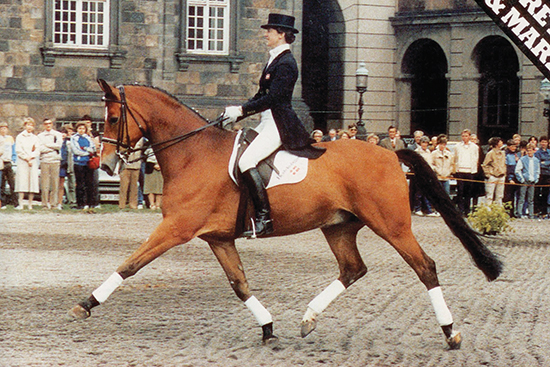
Marzog and Anne-Grethe Jensen
You were exposed to that living tradition…
“We always believed that riding was a matter of mind, spirit and body. Now when it is really a luxury to ride, all the more it has become a matter of the mind and spirit – and that tradition is at stake. When the horse was a useful worker then we did not have to educate the mind of the rider so much because they had to honour the horse from economic factors. Now if the riders don’t have the mind and the science, we will lose the art.”
“For centuries horses and horsemanship were used to educate the leading elite of European civilisation, so those who were destined to rule were educated by horses. With horses you have to internalise what you learn, nobody talks about courage, you have to get courage; nobody talks about humility, the horse humbles you. Nobody talks about empathy you have to feel it. You can only rule if you have certain characteristics, and these virtues all come in growing with horses.”
“The second important thread is the science of horsemanship – the intellectual aspect. It is the total knowledge of the horse’s physique and psychology – and beyond that · the total knowledge of the training possibilities. Each rider has to be the coach of his own horse and has to learn what it means to train gradually, naturally, systematically, with empathy and love.”
“Then a separate science of horsemanship is what means, lead to what ends? If a horse is not supple right – what do you need? You have to know your lessons like a professor. You can’t train your horse if you are inside an intellectual vacuum.”
That is one of the most exciting ideas in your book – the idea that we solve problems dialetically…
“That’s right. We never get the proper seat if we keep posing in the proper seat. We have to go on the lunge and swing our legs and turn and bend forward and down and up, wave the arms and do all those things you should never dare do during an Olympic Test. In the end you should have total immobility and produce the horse – but you can never have total immobility unless before that you have been extremely mobile in the saddle. Horsemanship is built up of a science of seeming contradictions and the generations who have known that are slowly dying out.”
“We can recapture the Classical Horsemanship any time we want to, but we don’t seem to show a desire to do so. We still have experts and no art, and science is dead when the last practitioner is dead.”
How do we know a genuine expert?
“The results verify themselves. I know riders who say ‘I went to a clinic and my horse went from somewhat tense to hysterical, and rearing and thrashing about, and my hands and knuckles went numb and my arms were in cramps, and my shoulders were jerked out of the joint…’ And I say – Then this tells you what you got.’ Others say ‘Well I went scared to death with a nervous horse and I came out with elegant long gaits, I settled comfortably into the saddle and glided about with my horse, I had a very pleasant day!’ And I say ‘You obviously were in knowledgeable hands’. It is as simple as that, we have discerning minds and it is very easy to see through the phoney because it produces painful results.”
“But no matter how great the teacher, nothing will happen quickly. We don’t become equestrians in a month. It is a lifetime process… we never really become equestrians, we just quest.”
Editor’s note: Thirty years ago, Charles de Kunffy sounded words of warning that still ring true today, although thinking about them, I feel that had I reproduced this interview prior to the 2011 European Championships where the team of Hester and Dujardin, re-wrote the face of dressage, those warnings would have been even more acute and dire. Interesting though that the challenge to the Classical Principles came not from one of the New World countries, devoid of tradition, but from Holland, in the heart of Europe – even though they had no Cavalry School, and came somewhat late to the sport of dressage. Today there is still ugly dressage to be seen even at the highest level, but it would seem that the United States has joined Britain in setting the standard for civilized, elegant dressage.
– CH
Charles de Kunffy has a wonderful website, just a click away and if you would like to see more articles in our library of dressage stories click
International Horse Breeders offers a range of top European stallions, check out the range, go to www.ihb.com.au for established stars and new stars like Floriscount, and many more:

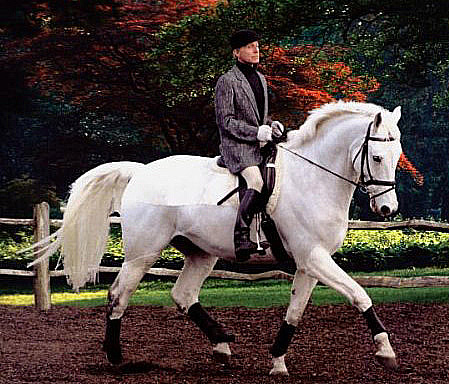
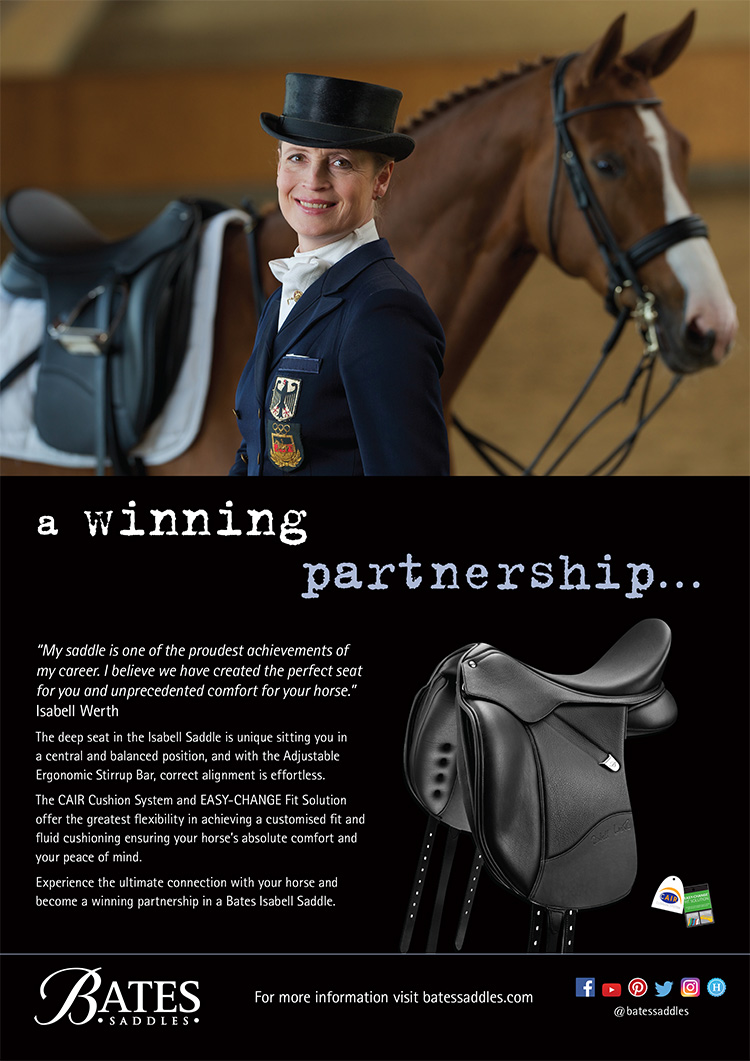
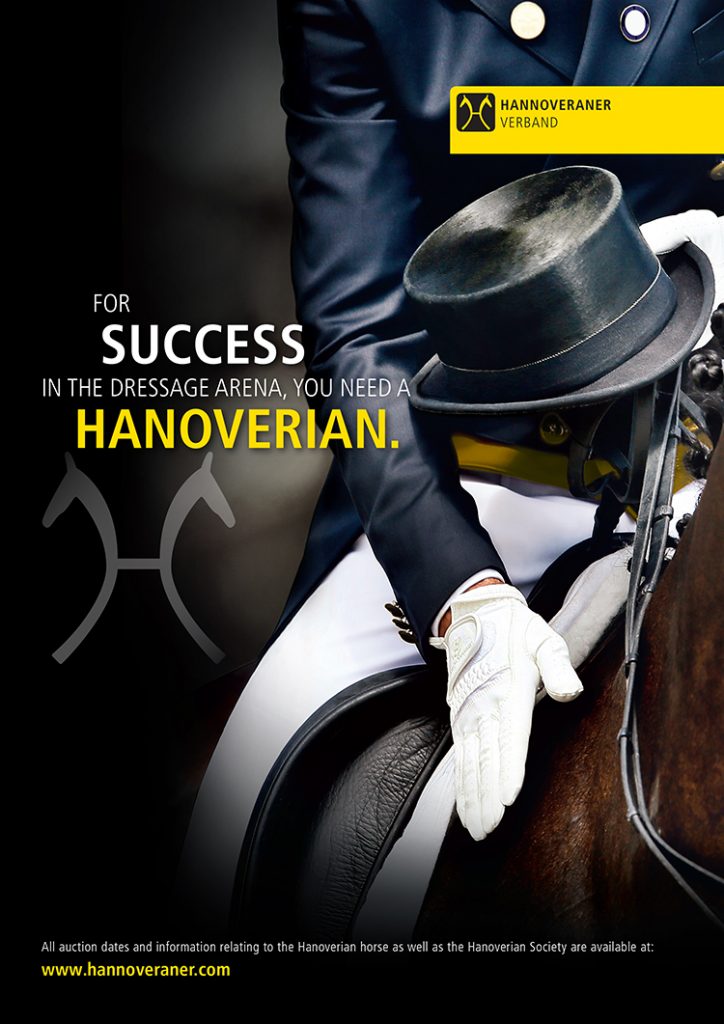
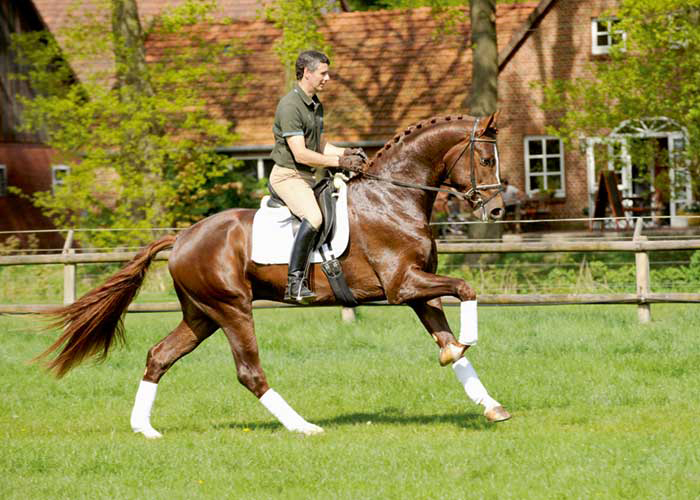
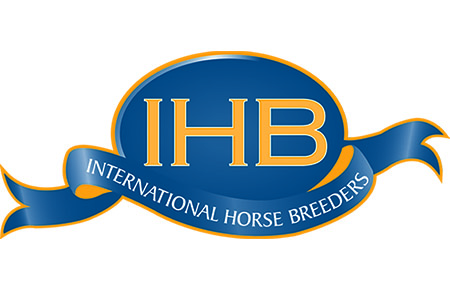
Another brilliant and inspiring article from a great master. This magazine is simply outstanding, thank you for all you do.
So glad to see this article in the AERC facebook page. So much wisdom. Thank you.
Sincerely Kate Chilkott
Great article
Great article. Thanks. We shouldn’t be ditching classical equitation in pony clubs. Pony clubs have been the vanguard for classical equitation since WW2 however their focus on, and promotion of, modern dressage has led, in part, to the current parlous state of that art. If Australia is to compete at international level, pony clubs could ask two questions: “How do we study it and what can we learn from it?”
Excellent article. Putting the finger on the right spot. Another cause of the increasingly declining quality that you have to address once is the imbalance in the construction of modern horses. They lack the equilibrium model and therefore have unbalanced and strong on the forehand movements.
Great article! Two remarks:
(1) “…the horse’s body and mind, and the human body and mind have not changed”
Of course the fundamental features of horses and humans haven´t changed. But the majority of dressage horses nowadays have better gaits, more elasticity and sensitivity than the horses fifty years ago. And typically their backs are shorter and their shoulders flatter. Regarding humans, in my view many young riders have less patience and discipline for basic work than half a century ago.
(2) “…the Classical Principles came not from one of the New World countries, devoid of tradition, but from Holland…”
No doubt that Dutch dressage riders and breeders were very successful in the last decades, but they haven´t invented the training scale and many Dutch Grand Prix horses are presented with a lot of pressure and tension.